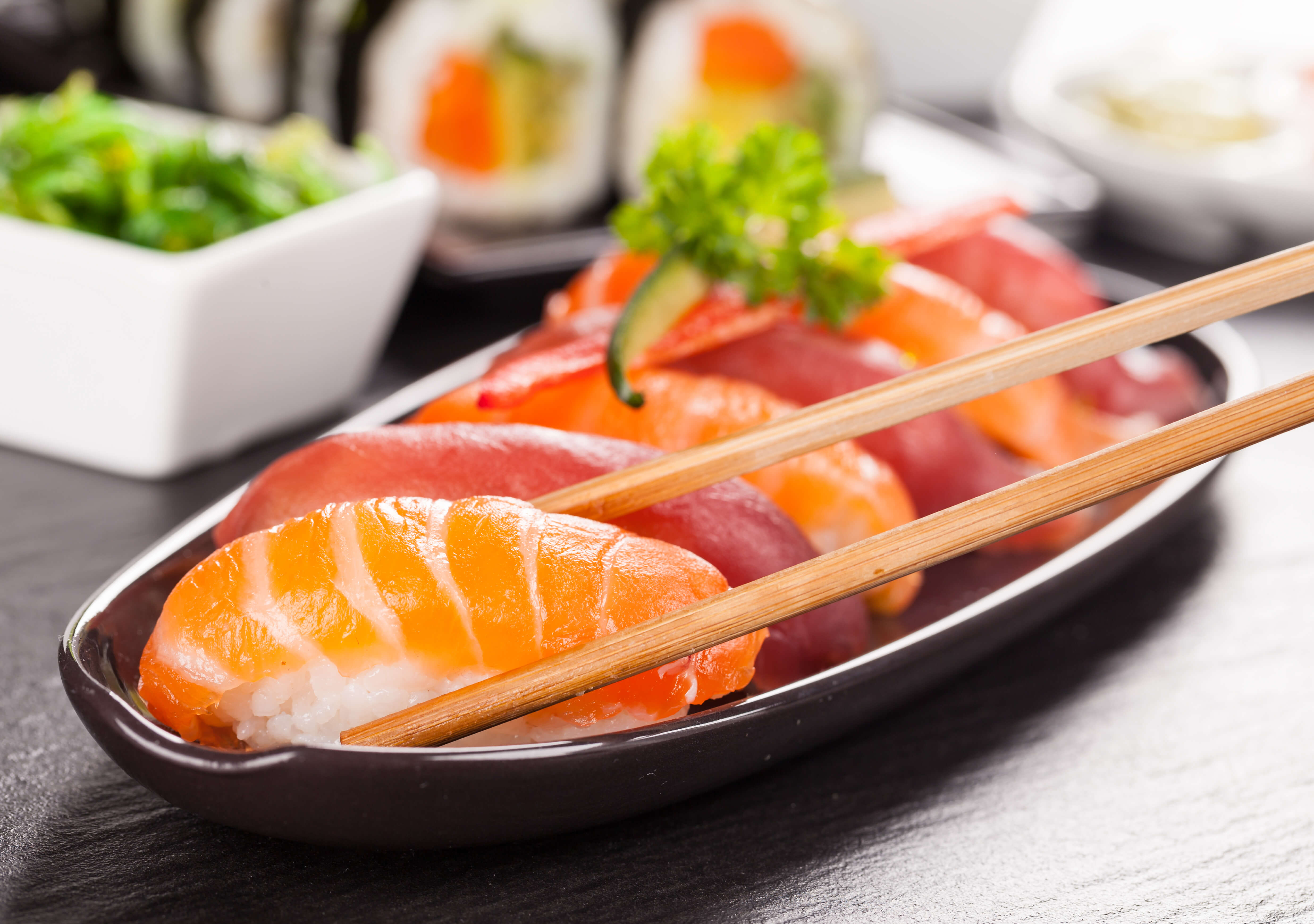An Introduction To The Art Of Sushi Making
Becoming a sushi chef is not an endeavor to be taken lightly. Amateur chef Tetsuya Sakurai, who spent $6,000 on an intensive cooking course, told Business Insider that the experience proved especially emotional for him.
“Sometimes I cry,” he said, “but only when I’m at home on my own.”
Luckily, there’s a way to avoid the tears by practicing a few vital skills during your time in culinary academy. Grab your finest knives and wipe down the kitchen counter, here is everything you’ll need in order to become a budding itamae.
Accrue the right equipment
A true sushi chef is only as good as the equipment they use. For this culinary endeavor, it’s necessary to make sure you have the following:
- The proper knives: You’ll need a couple knives, including one with a heavy, curved blade and one with a long, slim blade.
- Rice cooker: Cooking rice in a pan can prove challenging, and use a cooker will result in more evenly cooked grains.
- Colander: Perfect for washing rice and vegetables.
- Wooden mixing bowl.
- Rice rolling mat: This will keep the rice from sticking to the countertop and make it easy to shape your sushi.
- Cutting board.
Know your rolls
According to Japan-Talk.com, there are well over 100 varieties of sushi. Knowing the names of each will reduce any confusion about any potential requests you have from family, friends and anyone else you’re cooking for. Some of the more common sushi types include:
- Sake nigiri: Salmon and rice.
- Toro: Young Yellowfin tuna.
- Ebi nigiri: Cooked shrimp.
- Tekkamaki: Thin tuna roll.
- California roll: Made from avocado, cucumber and imitation crab.
- Unagi: Eel broiled in a sweet sauce.
- Kani nigiri: Authentic crab leg.
- Shirasu: Baby anchovy.
The freshest fish
As with other dishes heavy in seafood, you’ll want to make sure you’ve purchased the best fish available. According to an interview with to the Denver Post, Ryan Foote, who purchases fish for Whole Foods in Boulder, Colorado, has a few sensory clues to watch out for when purchasing sushi ingredients. To begin with, always try to pick up the brightest colored fish possible, as dull hues means oxidization has set in, which can effect both quality and flavor. Additionally, smell is important, and anything with a particularly strong odor has gone bad and thus has no place in your kitchen. The best fish should also be smooth and firm to the touch; slimy fish results in inferior sushi. Finally, filets are better than steaks, as they’re much easier to slice.
Rice that’s nice
According to MakeMySushi.com, the right kind of rice can make or break your sushi. For most dishes, you’ll want to make shari rice, which can be done by taking uncooked rice and adding half a cup of rice vinegar, two tablespoons of sugar and two teaspoons of salt. This will give the rice the perfect consistency and make it absorbent as well. As a final note, be careful with how you remove the cooked rice from the pot. Scraping it out of the pan might damage its structure, greatly effecting the flavor. Your best bet is to use a wooden spoon over a metal spoon.


